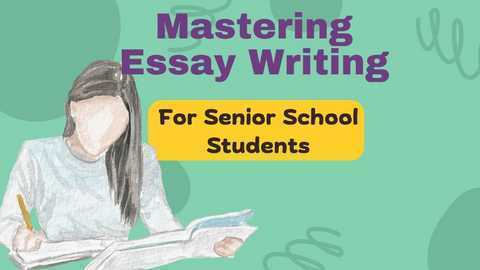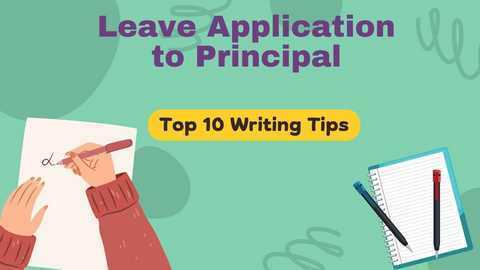Writing an essay is a key part of the curriculum for junior school students.
It can be challenging to know where to start when faced with a blank page, but with some guidance and a few simple techniques, anyone can write an essay on any topic.
In this article, we will explore the steps involved in writing an essay for junior school students, and provide some tips and techniques to make the process more straightforward and easy to understand.
Top 6 Tips : Essay Writing for Junior School Students
Here are some top tips to be followed by junior school students for writing essays that can fetch A+ grades.
Tip 1: Understand the Assignment
The first step in writing an essay is to understand the assignment.
The teacher will usually provide a prompt or question that the essay should answer.
It is important to read the prompt carefully and make sure you understand what is being asked.
If you have any questions, don’t be afraid to ask your teacher for clarification.
Tip 2: Brainstorm Ideas
Once you have a clear understanding of the assignment, it’s time to start brainstorming ideas.
Brainstorming involves writing down all the ideas that come to mind, without worrying about whether they are good or bad.
This is a great way to get your creativity flowing and generate a range of different ideas to choose from.
You can brainstorm in a number of ways.
For example, you can create a mind map, which is a visual representation of your ideas, or you can make a list of all the ideas that come to mind.
You can also use prompts or questions to help generate ideas.
Tip 3: Organize Your Ideas for Effective Essay Writing
Once you have a list of ideas, it’s time to organize them.
You can do this by grouping similar ideas together, or by creating an outline.
An outline is a framework for your essay that includes the main points you want to make, and the evidence or examples you will use to support them.
Your outline should have an introduction, a body, and a conclusion.
The introduction should introduce the topic and provide some background information.
The body should include several paragraphs, each with a main point and supporting evidence.
The conclusion should summarize your main points and provide a final thought on the topic.
Tip 4: Write the First Draft
With your outline in place, it’s time to start writing the first draft of your essay.
This is where you put your ideas into sentences and paragraphs.
It’s important to remember that this is just a draft, so don’t worry about making it perfect.
Just focus on getting your ideas down on paper.
When writing your essay, it’s important to use clear and concise language.
Avoid using complex words or sentence structures that you don’t fully understand.
Stick to simple sentences and avoid using jargon or technical terms.
Tip 5: Revise and Edit
Once you have a first draft, it’s time to revise and edit your work.
This involves going back through your essay and making changes to improve the clarity and coherence of your writing.
Some things to look for when revising and editing include:
Clarity: Are your ideas clear and easy to understand?
Coherence: Do your ideas flow logically from one paragraph to the next?
Grammar: Are your sentences grammatically correct?
Spelling and punctuation: Are there any spelling or punctuation errors?
It can be helpful to take a break between writing the first draft and revising it.
This allows you to come back to your work with fresh eyes and a clear mind.
Tip 6: Finalize Your Essay
Once you have revised and edited your essay, it’s time to finalize it.
This means making any final changes and checking that everything is in order.
You should check that your essay meets the requirements of the assignment, including the word count and any other specific instructions.
It’s also a good idea to read your essay aloud to yourself, as this can help you catch any mistakes or awkward phrasing.
Conclusion
In conclusion, writing an essay may seem daunting at first, but by following these steps and techniques, junior school students can approach the task with confidence and ease.
Understanding the assignment, brainstorming ideas, organizing them into an outline, writing a first draft, revising and editing, and finalizing the essay are all essential steps in the essay-writing process.
With practice and perseverance, junior school students can develop their writing skills and become confident and capable essay writers.
Remember to always ask for help and clarification from teachers when needed, and to enjoy the process of exploring new topics and ideas through writing.




![How to Write Leave Application for Office [8 Practical Tips]](/wp-content/uploads/2023/02/How-to-Write-Leave-letter-for-office.jpg)